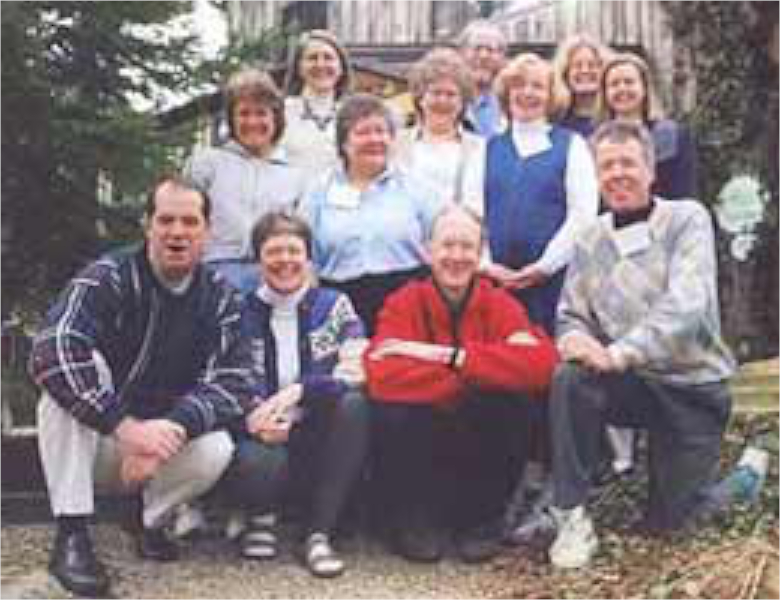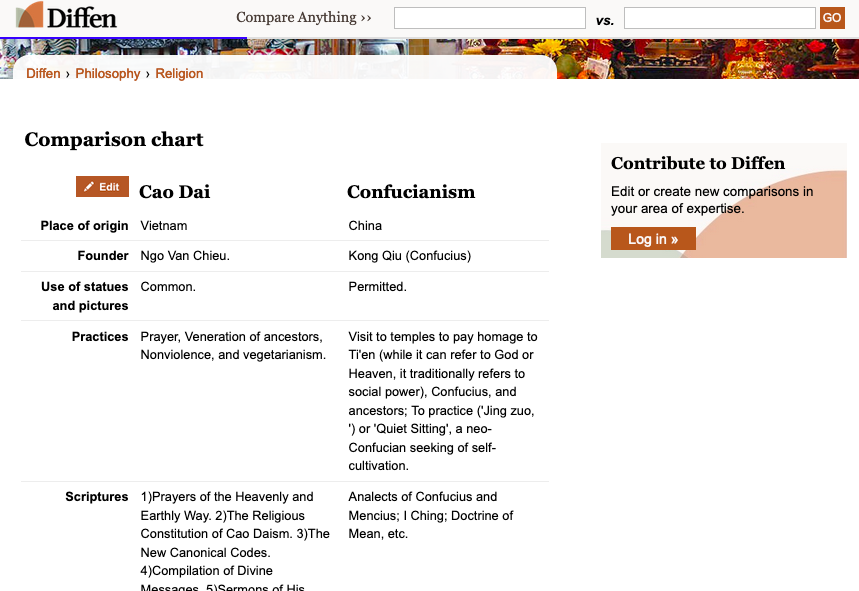Thomas Reese, a senior analyst with Religion News Service, who earned a doctorate in political science from UC Berkeley, has written a short and helpful essay analyzing the U.S. withdrawal from Afghanistan. Early in his essay, Reese points out that the Trump administration made an agreement with the Taliban declaring that the United States would be leaving, and that the Biden administration is finally implementing that agreement. (This was a helpful reminder to me here that both Democrats and Republicans agreed that it was time to leave Afghanistan; it must have seemed a truly hopeless situation if those two deeply polarized parties actually agreed we had to get out.) Moving quickly past blame and recriminations, Reese’s essay gets to what I think is the heart of the issue:
“What we and our allies should learn from Afghanistan, and what we should have learned from Vietnam, is that the United States military cannot save countries from themselves. If their leadership is corrupt, if their government does not have popular support, if the country is divided by warring ethnic or religious factions, if there is civil war, the American military cannot solve their problems. In fact, history tells us that American troops often make matters worse by using tactics that cause disproportionate collateral damage and by making the local military dependent on us.”
This will be hard for many Americans to hear, but it’s obviously true: our military can’t solve every problem. Our leadership, and our electorate, needs to learn this lesson before we get involved in yet another mess like Vietnam or Afghanistan. Reese ends his essay by advocating for morality in diplomacy:
“Political realists argue that morality has no place in foreign policy, but their tactics have consistently failed. It is time to try a moral strategy that uses diplomacy rather than guns, and fights corruption rather than tries to bribe elites to do our bidding.”
I agree with Reese. Back in the 1970s, the Unitarian Universalist church of my childhood was riven by conflict over Vietnam. Some members of the church thought the war in Vietnam was a moral stand against communism. Some church members thought the war in Vietnam propped up an immoral South Vietnamese regime and used immoral methods. When they called Dana Mclean Greeley as their new minister in 1971, they hoped for someone who would offer guidance out of this intra-congregational conflict. Greeley didn’t take sides on Vietnam. Instead he explained that in the nuclear era, war can no longer be considered a reasonable, sensible option. A few months after the United States pulled out of Vietnam, he preached a sermon which was even more pointed:
“War is insanity in this day and age. It is total destructiveness; it is total immorality; it is total waste. The end of war should be our goal today. Negotiation should be our commitment. We ourselves ought to be both wiser and more ethical than our fathers, but we are not.”
Back in 1975, Greeley called upon us to learn how to be ethical. Now in 2021, Reese calls upon us to be moral. I agree with them both. Rather than using the military to try to solve problems, our goal should be — as Greeley said so many years ago — to end all war.



